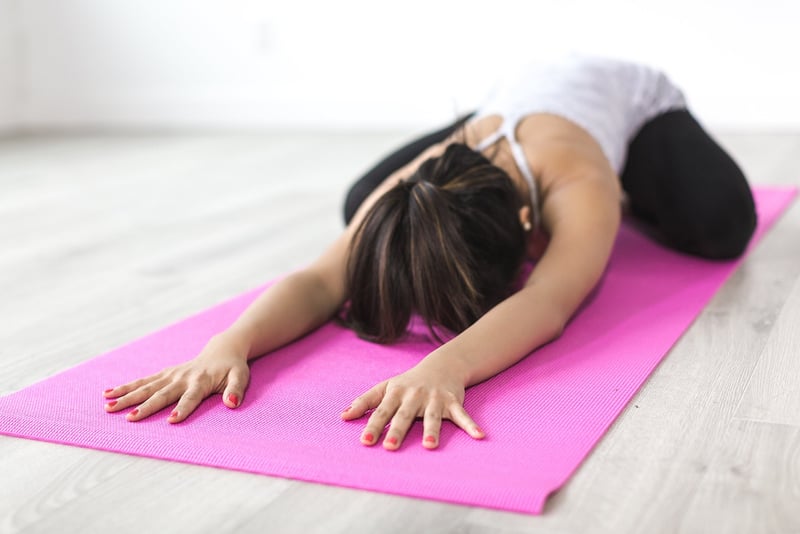Restorative
The Power of Holistic Movement Practice and Restorative Techniques
Introduction
In today's fast-paced world, stress and sedentary lifestyles have become all too common. Finding a balance between physical activity and relaxation is essential for overall well-being. This is where holistic movement practices and restorative techniques come into play, offering a comprehensive approach to health and wellness.
What is Holistic Movement Practice?
Holistic movement practice involves integrating mind, body, and spirit in physical activities. It goes beyond just exercise and focuses on improving flexibility, strength, balance, and mindfulness. Examples of holistic movement practices include yoga, tai chi, qigong, and Pilates.
Benefits of Holistic Movement Practice:
- Enhanced flexibility and mobility
- Improved posture and body alignment
- Stress reduction and relaxation
- Increased body awareness
- Boosted mental clarity and focus
What are Restorative Techniques?
Restorative techniques focus on relaxation and rejuvenation of the body and mind. These practices help activate the body's natural healing processes and promote deep rest. Common restorative techniques include meditation, deep breathing exercises, and gentle stretching.
Benefits of Restorative Techniques:
- Reduced stress and anxiety
- Improved sleep quality
- Enhanced mood and emotional well-being
- Lowered blood pressure and heart rate
- Boosted immune system function
Combining Holistic Movement Practice with Restorative Techniques
By combining holistic movement practice with restorative techniques, individuals can experience a holistic approach to health and wellness. This integration allows for physical activity that strengthens the body while also incorporating relaxation techniques that calm the mind.
Sample Routine:
- Start with a gentle yoga sequence to warm up the body and improve flexibility.
- Follow up with a meditation session to promote relaxation and reduce stress.
- Incorporate some tai chi movements for balance and mindfulness.
- Finish with deep breathing exercises to enhance oxygen flow and calm the nervous system.
Conclusion
Holistic movement practice and restorative techniques offer a well-rounded approach to health and wellness, addressing both physical and mental aspects of well-being. By incorporating these practices into your daily routine, you can achieve balance, reduce stress, and improve overall quality of life.
Remember, taking care of your body and mind is essential for living a healthy and fulfilling life!
Image source: Pixabay

